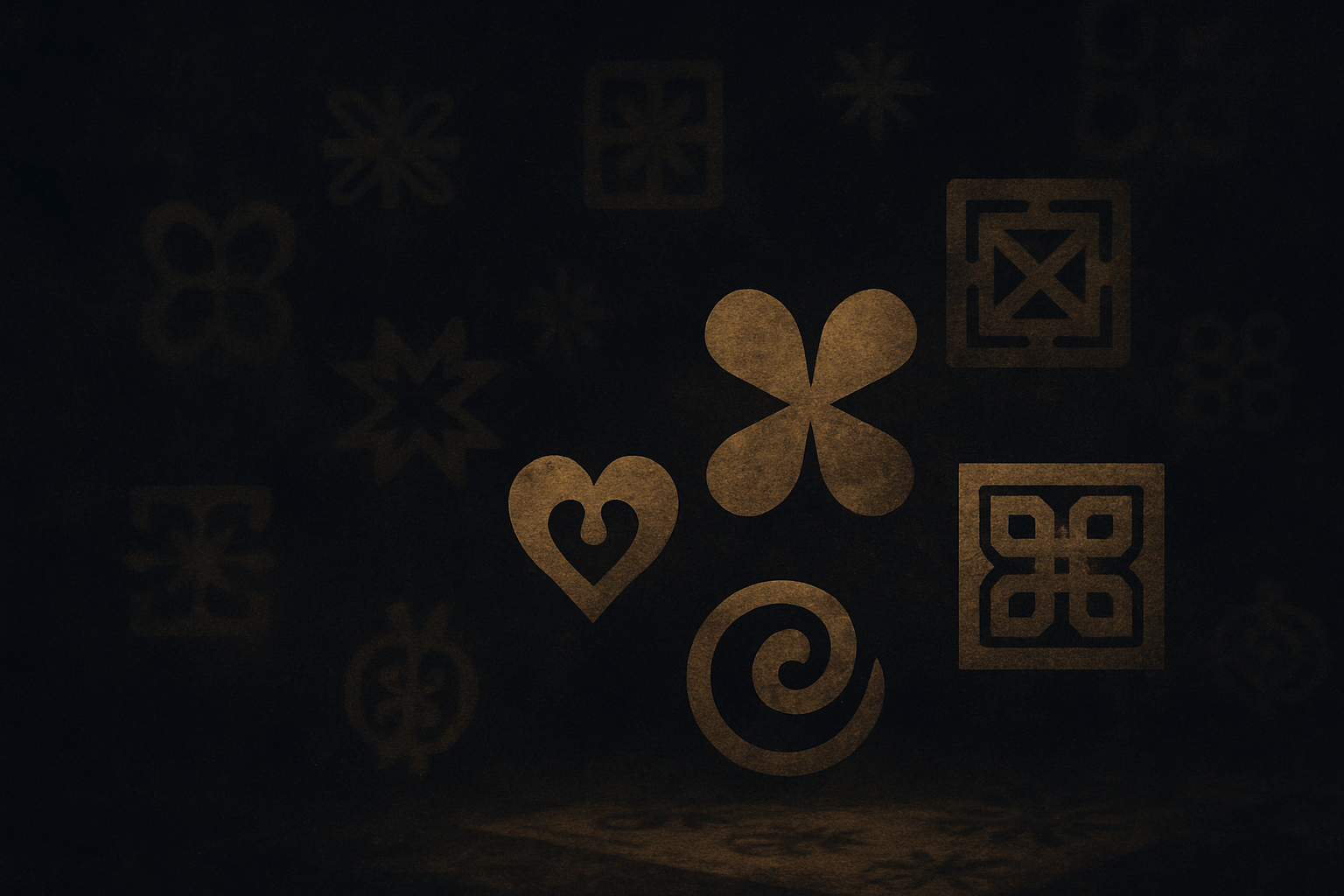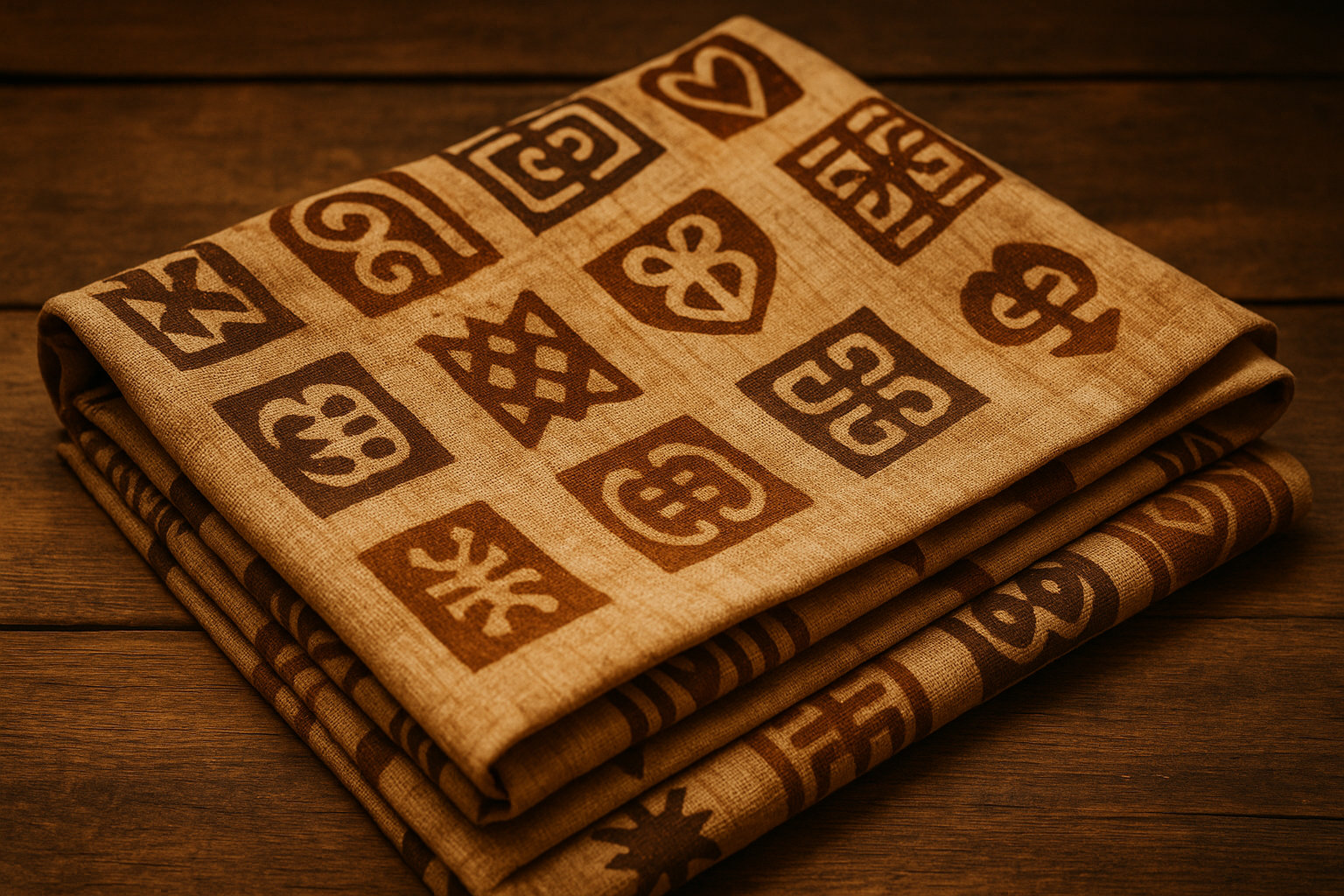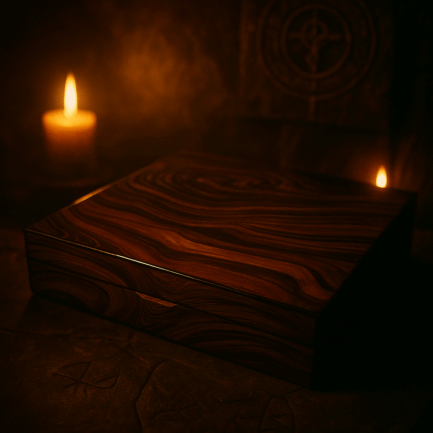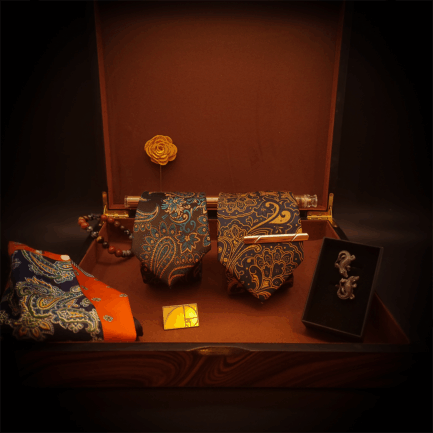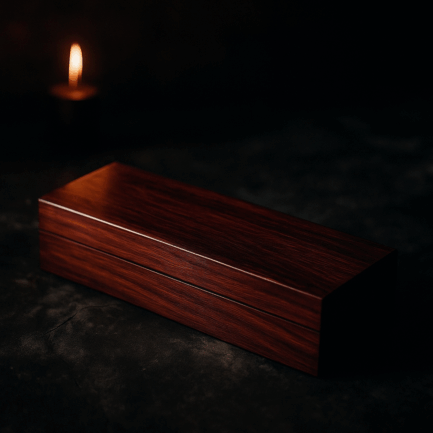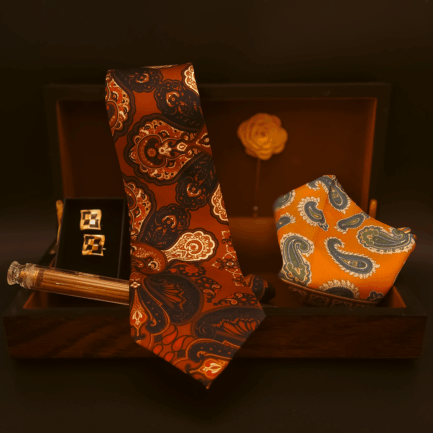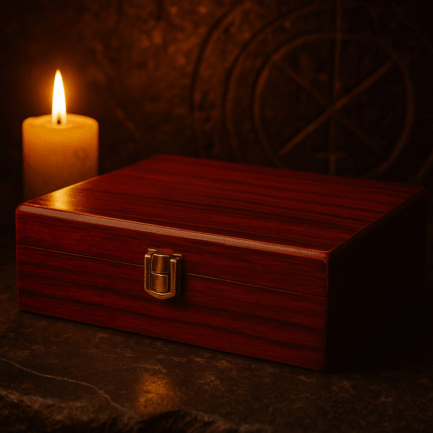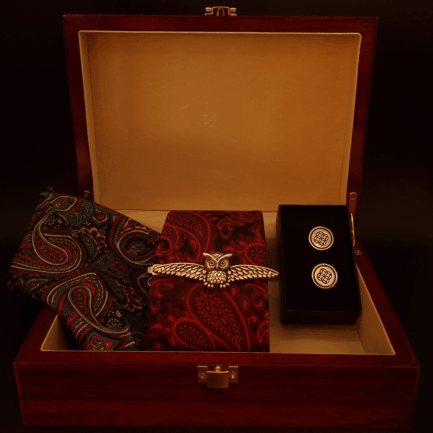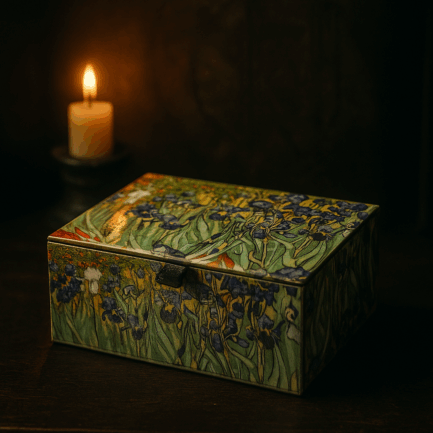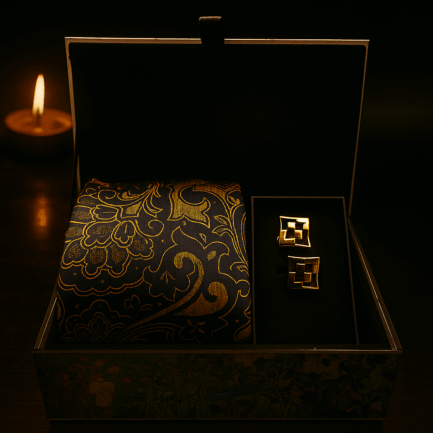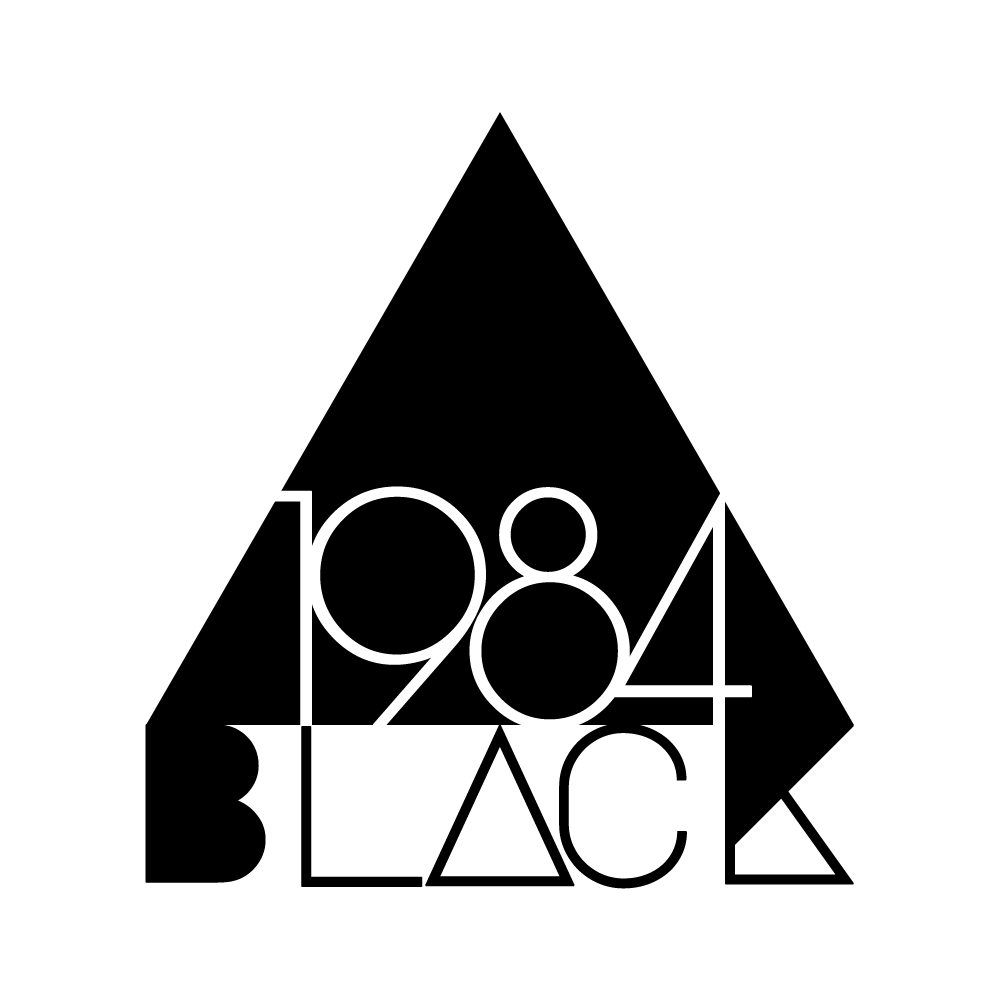In the Akan tradition of Ghana, meaning is not always spoken.
It is worn.
It is stamped into cloth, burned into wood, carved into doors.Adinkra is not just a script.
It is a code; one made not for the eye, but for the spirit behind it.Each symbol is a sentence.
Each curve, a reminder.
Not of power.
Of presence.
The Cloth That Speaks
Adinkra began not with sound, but with mourning.
The symbols were first pressed onto funeral cloths; black, brown, rust.
Not to declare death, but to guide the living.
Each symbol carried a message to those left behind:
Hold together. Be still. Listen. Forgive.
In silence, the symbols spoke.
Not as warnings, but as wisdom.
Symbols of the Unseen
Where the West carves gods into marble, Adinkra leaves space.
Its symbols do not depict figures or deities.
They evoke principles.
Patience. Endurance. Interdependence.
The hand that acts without needing praise.
The mind that waits until it knows.
The unseen hand is honored more than the visible fist.
Ink and Iron
Traditionally, Adinkra cloth was stamped using carved calabash and dye made from tree bark.
The process itself was a lesson: slow, precise, and deliberate.
No machine. No rush.
The pattern was pressed; not printed.
Even now, artisans trace the same motions: dipping, pressing, repeating.
The stamp does not force meaning.
It releases it.

A Language of Integrity
Each symbol is a key.
Each key unlocks an idea, but only if the viewer is prepared.
To wear “Eban” (the fence) is to claim safety, not status.
To display “Dwennimmen” (the ram’s horns) is to show that true strength bends in humility.
Adinkra is not decoration.
It is declaration.
But only for those who look beneath the surface.
More Than Mourning
Though born in grief, Adinkra outgrew the funeral.
It now adorns wedding garments, home walls, city emblems, and educational crests.
But its tone has not changed.
Still quiet.
Still patient.
Still reminding.
Its power is not in celebration.
It is in continuity.
When the Symbol Chooses You
Adinkra is chosen, yes, but sometimes, it chooses you.
An elder sees a child and says: “She walks with Eban.”
A teacher receives a cloth with “Eban” not because she asked,
but because the community sees her as sanctuary.
To receive Adinkra is to be read.
To wear it is to agree.
Closing Reflection
In a world of noise, Adinkra does not compete.
It does not flash.
It does not shout.It endures.
Passed from hand to cloth, cloth to skin, skin to memory.
It reminds us:
The wisest codes are not encrypted.
They are quiet, visible only to those who carry the key within.
-
The Cartographer’s Ark, Large
€ 79,95 -
The Lineage Case, Medium
€ 49,95 -
The Ember Reliquary, Medium
€ 49,95 -
The Blooming Cipher, Small
€ 29,95

